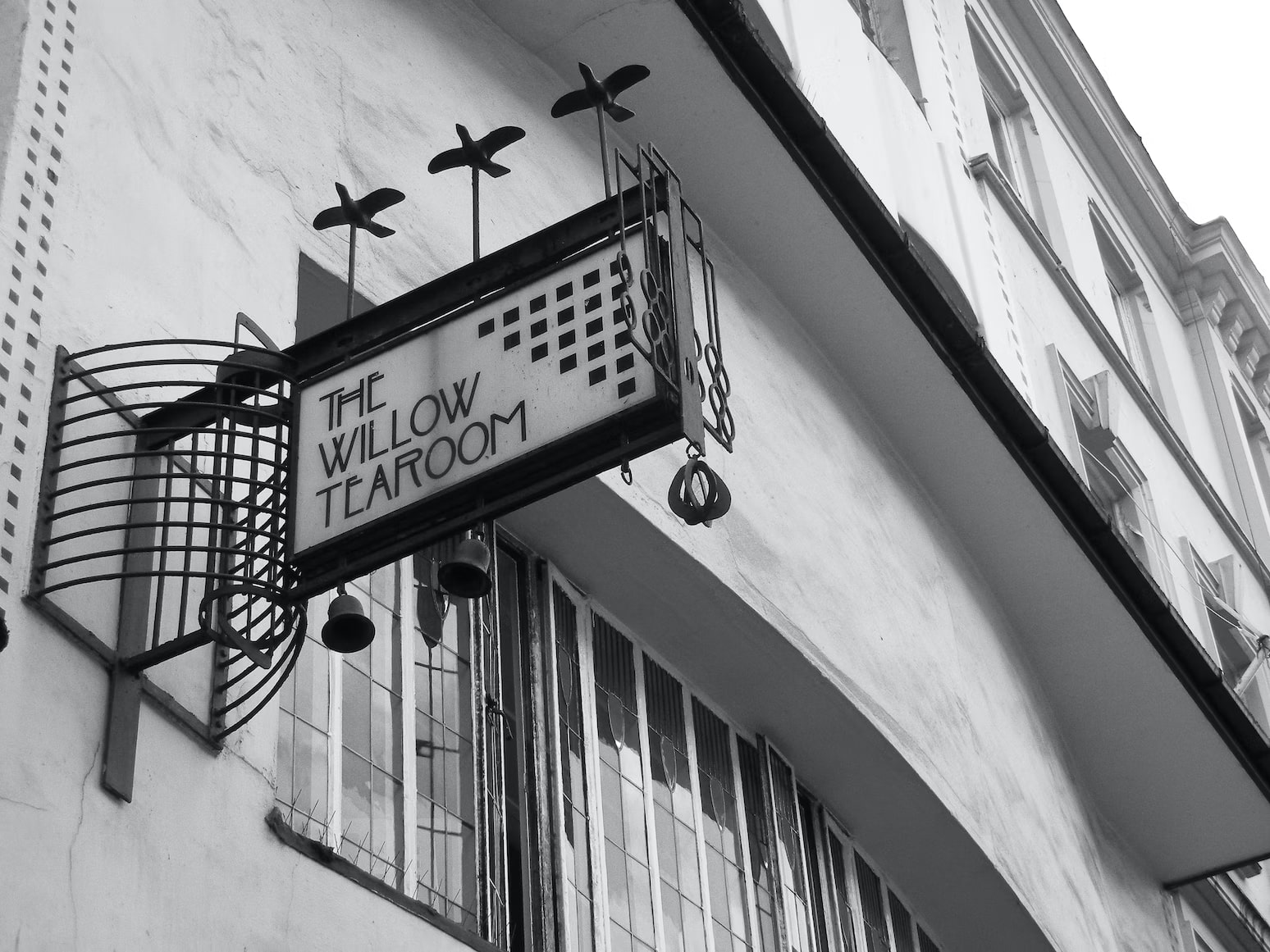Coffee is a staple drink in many cultures around the world, and Glasgow, Scotland is no exception. The city has a rich history of coffee culture, dating back to the 17th century. From small local shops to grand cafes, Glasgow’s coffee scene has evolved over time to become the diverse and vibrant community it is today. In this article, we will take a journey through the history of Glasgow coffee, exploring the evolution of the city’s coffee culture and the key players that have shaped it.
The Early Days of Glasgow Coffee
Coffee first made its way to Glasgow in the 17th century, when traders from the Middle East brought the beans to the port city. At first, coffee was a luxury item, consumed mainly by the wealthy. But as the drink became more popular, it began to spread to the working classes. By the 18th century, coffee houses had become a common sight in Glasgow, with many small shops and businesses opening up to serve the growing demand.
These early coffee houses were often small and unassuming, with simple furnishings and a limited menu. They were primarily a place to socialize and catch up with friends, rather than a place to enjoy a sophisticated coffee experience. However, they played an important role in the development of Glasgow’s coffee culture, providing a space for people to gather and share ideas.
The Rise of the Coffee Shop
In the 19th century, the coffee shop began to evolve, becoming a more polished and sophisticated space. The introduction of new technologies, such as the steam-powered coffee machine, made it possible to produce higher quality coffee on a larger scale. This, in turn, led to the emergence of a new type of coffee shop, one that was focused on providing a better coffee experience.
One of the key players in this evolution was a man named William Henry Duncan. In 1875, Duncan opened the first coffee shop in Glasgow that specialized in serving high-quality coffee. The shop, named Duncan’s, quickly became popular, and Duncan began to open additional locations throughout the city. His success inspired others to follow suit, and soon there were many coffee shops in Glasgow that were focused on providing a superior coffee experience.
The Golden Age of Glasgow Coffee
The early 20th century was a golden age for Glasgow coffee. The city had a thriving coffee culture, with many coffee shops, cafes, and restaurants to choose from. The advent of World War I led to a shortage of coffee beans, but this only served to increase demand for the drink. Coffee shops became a popular place to gather, share news, and socialize.
One of the most famous coffee shops of this era was the Willow Tea Rooms. Opened in 1903 by artist and designer Charles Rennie Mackintosh, the Willow Tea Rooms were a revolutionary concept at the time. The beautiful Art Nouveau design, which featured an abundance of natural light, was a stark contrast to the dark and gloomy coffee houses of the past. The Willow Tea Rooms served as a hub for the city’s artistic community, and was a popular destination for both locals and visitors.
The Modern Era
The post-war era saw a decline in the popularity of traditional coffee shops, as new trends like fast food and takeaways began to take hold. However, the desire for a good cup of coffee never went away, and in recent years, there has been a resurgence of interest in specialty coffee. Today, Glasgow is home to a thriving coffee scene, with a wide variety of independent coffee shops, cafes, and roasters offering high-quality beans and unique brewing methods.

